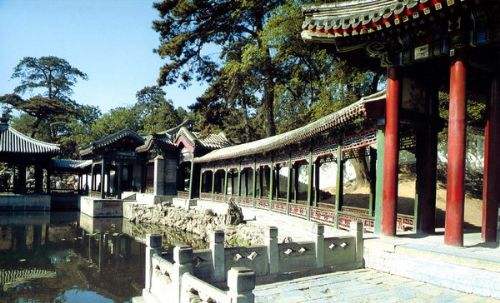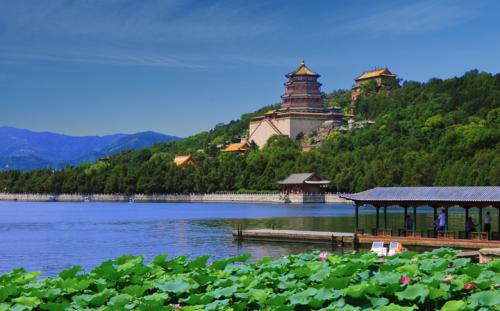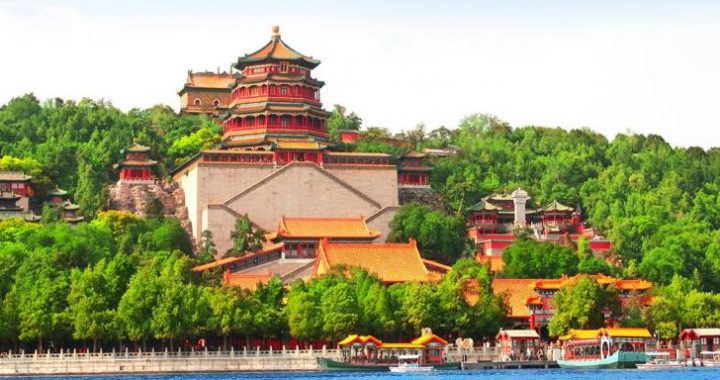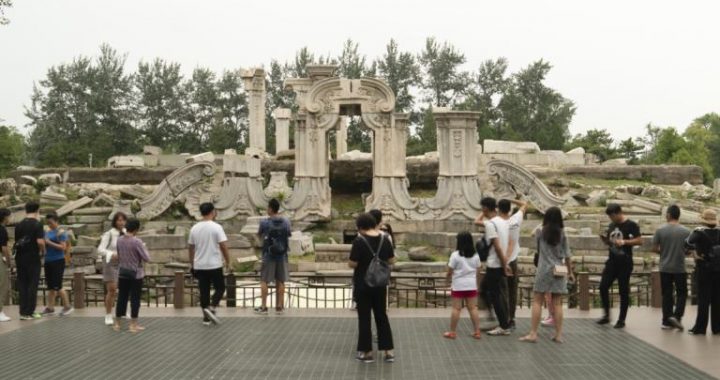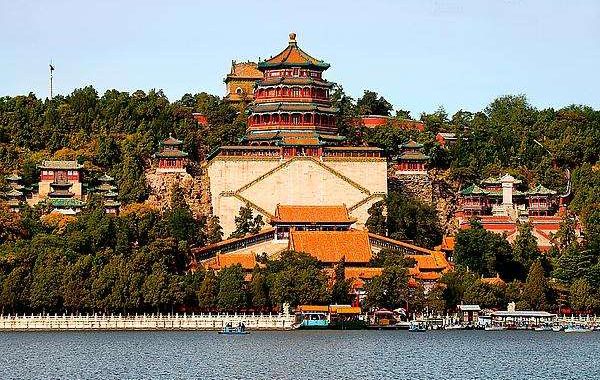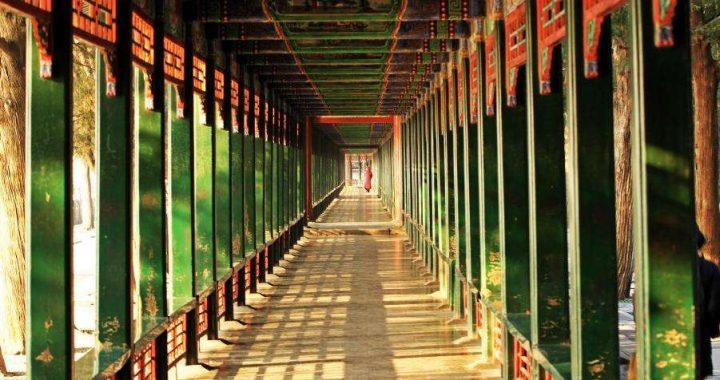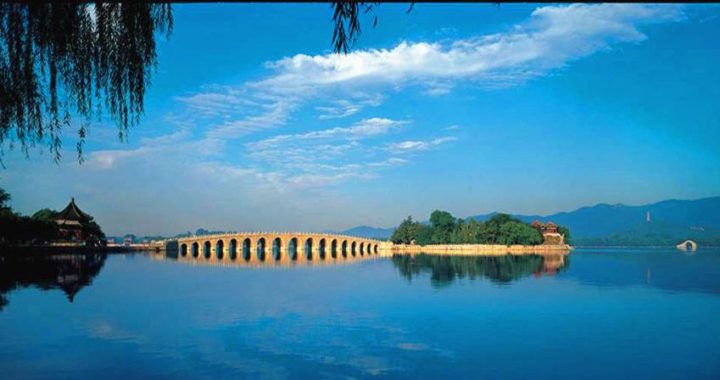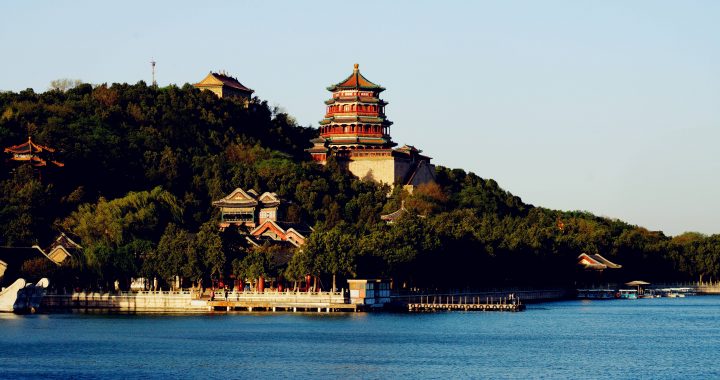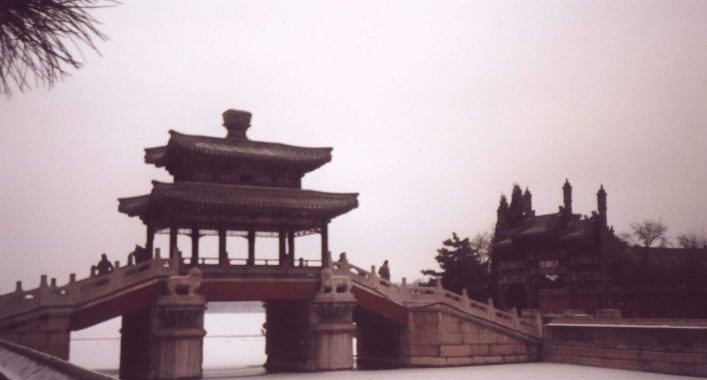Summer Palace History and Buildings
2 min readHistory
When the Jin Dynasty emperor Wanyan Liang(February 24,1122-December 15,1161)moved his capital to the Beijing area,he had a Gold Mountain Palace built on the site of the hill.In the Yuan Dynasty,the hill was renamed from Gold Mountain to Jug Hill(Weng Shan).This name change is explained by a legend that a jar with a treasure inside was once found on the hill.The loss of the jar is said to have coincided with the fall of the Ming Dynasty as it had been predicted by its finder.
The Qianlong Emperor of the Qing Dynasty,who commissioned work on the imperial gardens on the hill in 1749,gave Longevity Hill its present-day name in 1752 in celebration of his mother’s 60th birthday.

The Summer Palace started out life as the Garden of Clear Ripples in 1750 in Artisans reproduced the garden architecture styles of various palaces in China.Kunming Lake was created by extending an existing body of water to imitate the West Lake in Hangzhou.The palace complex suffered two major attacks-during the Anglo-French alliedinvasion of 1860(the Old Summer Palace also ransacked at the same time)and in an attack by the eight allied powers in 1900 during the Boxer Rebellion,.The garden survived and was rebuilt in 1886 and 1902.In 1888,it was given the current name,Yihe Yuan.It served asa-summer resort for Empress Dowager Cixi,who diverted 30 million taels |子of silver,originally designated for the Chinese navy(Beiyang Fleet),into the reconstruction and enlargement of the Summer Palace.This diversion of funds from military sources came just six years before the First Sino-Japanese War which China lost.
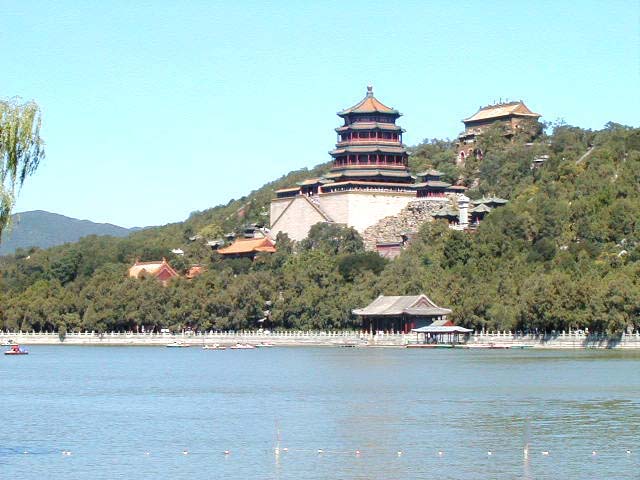
Buildings
On its southern slope,Longevity Hill is adorned with an ensemble of grand buildings:The Cloud-Dispelling Hall,the Temple of Buddhist Virtue and the Sea of Wisdom Temple form a south-north(lakeside
-peak)axis which is flanked by other buildings.In the center of the Temple of Buddhist Virtue stands the Tower of Buddhist Incense,which forms the focal point for the buildings on the southern slope of Longevity Hill.The tower built on a 20-meter-tall stone base,41 meters high with three stories and supported by eight ironwood(lignumvitae)pillars.
